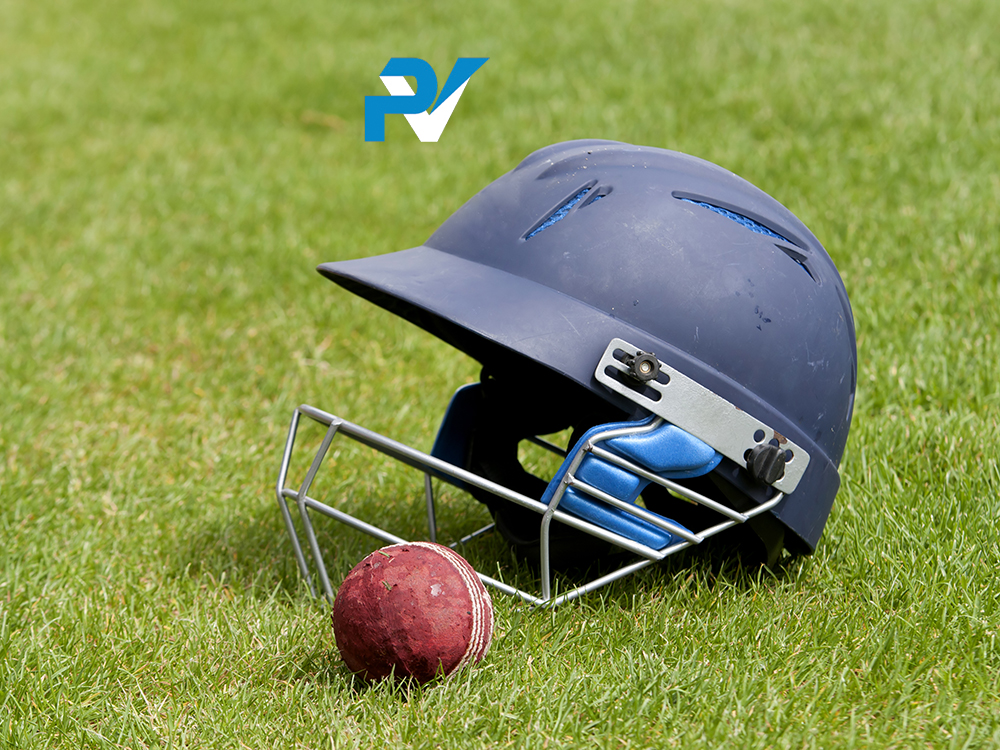Should Cricketers Wear Helmets to Bat?
 Should you wear a helmet to bat?
Should you wear a helmet to bat?
Most people these days are firmly in the "yes" camp to that question. But with the recent passing England's Brian Close - a man who was disgusted by the idea of head protection - it's worth asking the question again.
So, is the helmet culture an over the top response from the "health and safety brigade", or does it save us from injury?
The Close Theory, as I am calling it, is simple; if you are in peril when batting you watch the ball harder. You are aware of the damage it can cause and you are therefore much less likely to get hit by the ball. So, young players brought up under the protection of a lid are worse cricketers as a result.
On the other hand, the current logic takes the opposite view. Players should be protected from a ball hurtling to their head as it will reduce the chance of serious injury. Of course, nothing is 100% safe, but a helmet is much better than nothing.
It would be interesting to see some cold hard statistics on the number of head injuries to players before and after the widespread adoption of helmets. Sadly, these numbers seem well hidden, with research focusing on testing standards of lids. In short, there is no proof of a large reduction in head injuries between, say, 1985 and 2005 (an approximate span of helmet adoption) with a real indicator the year helmets are made compulsory for Under 18 players.
Of course, many senior club players still dispense with a helmet because they did not grow up wearing one and face very little, if any, high speed bowling. This number is large and so would influence the adult figures.
However, number crunching aside, there is no harm in putting young cricketers into helmets for their protection. The counter-argument of playing fast bowling poorly is weak. Look at average bowling speeds of 10-17 year old cricketers. It only becomes a question at serious levels of cricket when the bowlers can slip in a quick bouncer.
And if you have worn a helmet to bat since you were 10, then you will always wear a helmet. It may or may not make you worse at playing Michael Holding in Perth in 1978, but there's little danger of that - or anything similar - happening to you.
So, get a good helmet and wear it. You only have one head and it's very important.
If that means more practice watching the ball, then do it.
What do you think about wearing a lid these days?
- Login to post comments


Comments
The safety argument must make sense, but I rarely do. At 61 my first team days are over, but I played the odd first team game up to my mid-fifties and I always packed a helmet in case I came across a genuine quick. As a tail-end batsman, it made what little batting talent I have much worse, but at least I was available for work on a Monday.
However, my personal observation is that when I have been hit on the head playing cricket, it hasn't happened when facing quick bowling. I've top-edged a few into my face off spinners, and I fractured my skull in a fourth team game whilst fielding at gully! I've worn a box to field at gully for many years, to protect against that one that bounces in front of you and hits you where it hurts coming up from below (which I can assure you is not something you forget in a hurry). But I've never seen anyone wear a helmet at gully.
In the end, the whole thing comes down to risk assessment. But it's second nature for youngsters now, just as it is to wear a seat belt in a car. And that's the way it should be.